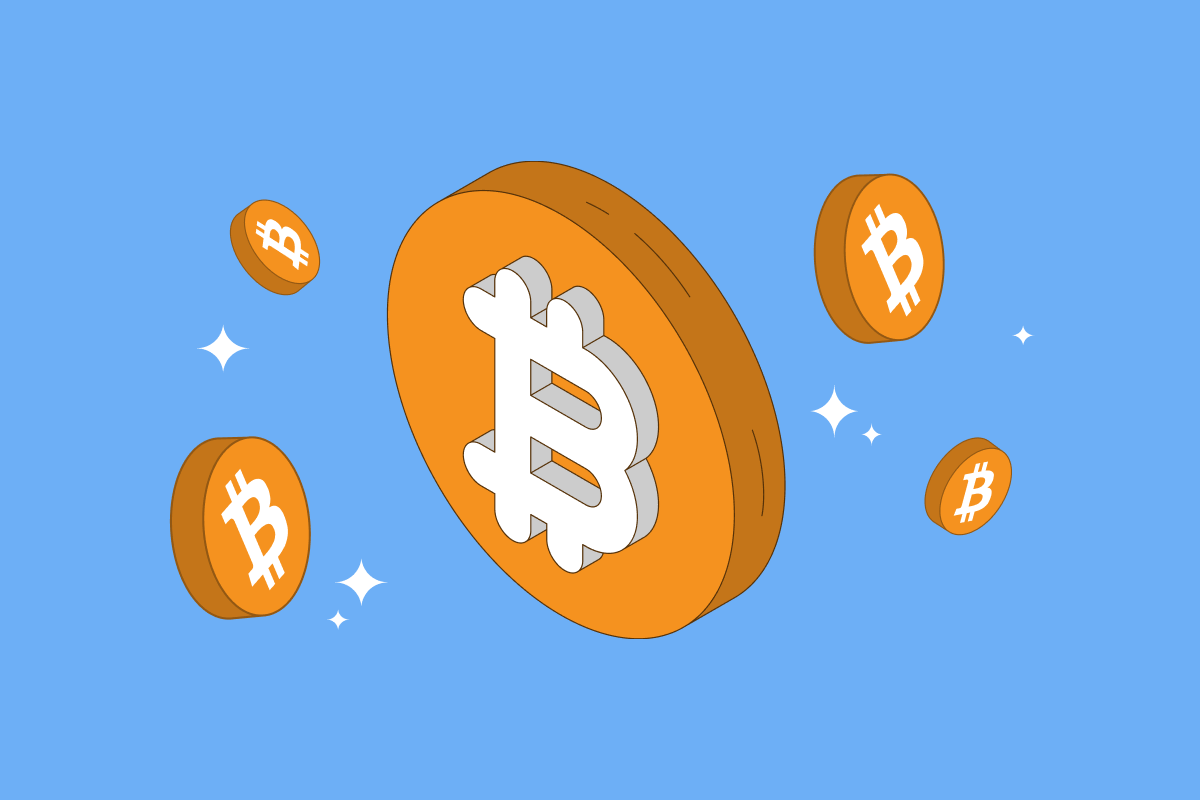


The Most Trusted Crypto & AI Community
We're on a journey to become the leading crypto community not just in Albania, but across the Balkans.
Whether you're a developer, a student eager to learn about blockchain, or someone in traditional finance looking to explore Bitcoin and Web3, DuaCrypto is here for you.
Albania’s First & Most Established Crypto Community
Powered Crypto Services
We organize and host events that bring crypto enthusiasts together to meet, learn, share experiences, and promote projects, products, and innovation.
Read MoreWe offer deep on-chain analysis of tokens—identify scams, monitor trends, and explore smart investment opportunities.
Read MoreWe teach smart DCA strategies. Learn how to buy when the market is low and sell when it hits all-time highs—like a pro.
Read MoreOur trusted P2P exchange system, powered by the community, provides real liquidity and secure transactions.
Read MoreWe research and share legit airdrops with high value, helping our community earn free crypto without needing to invest.
Read MoreOur expert mentors help you build a trader's mindset from scratch. We don’t sell courses—we educate you to trade with confidence.
Read MoreContact us to have your logo here
Click to access exclusive offers
Frequently Asked Questions